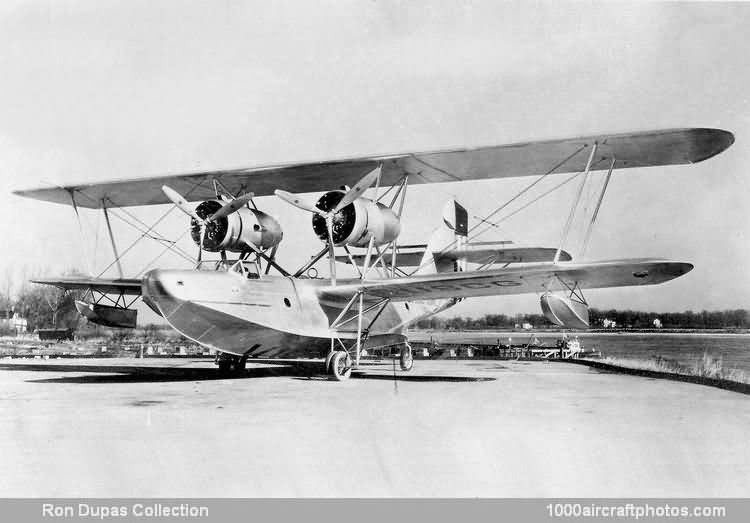04/30/2012. Remarks by Johan Visschedijk: "Beginning in 1934, the USCG purchased seven modified PH-1s from the Hall Aluminum Aircraft Corporation of Bristol, Pennsylvania, USA. This type of amphibian aircraft was originally developed for the USN as a patrol aircraft.
The upgraded flying boats purchased by the USCG had more powerful engines as well as more specialized equipment and capabilities for search and rescue duties than the earlier USN models and were therefore given the designation PH-2. They were long-range aircraft capable of operating up to 1,000 mls (1,609 km) from base and taking off and landing in rough seas. They were also the largest aircraft ever acquired by the USCG to that time.
The seven aircraft were serialed V164 to V170 and initial acceptance trials took place at Air Station Cape May 1936. In 1939 the USCG ordered seven more Hall flying boats and these received the designation PH-3. During World War II these aircraft conducted anti-submarine and search and rescue patrols along the coast and saw considerable action during the German's "Operation Paukenschlag" (Operation Drumbeat) U-boat attacks in the spring and summer of 1942, particularly off the coast of North Carolina. They were decommissioned in 1944."
